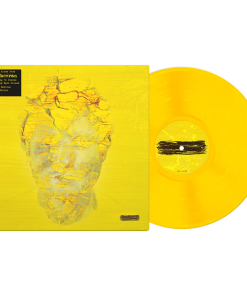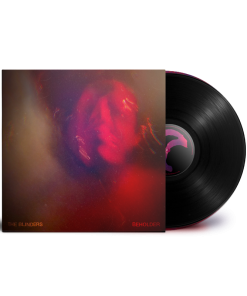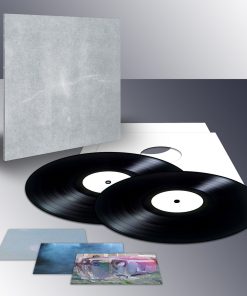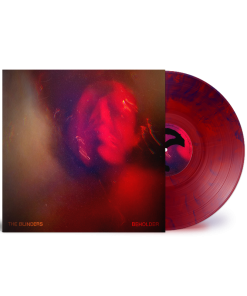Hex: Vinyl 2LP Bark Psychosis
$ 37,99 $ 22,79
“The Best Post-Rock Album Of All Time” Fact Mag // “Their influence is pervasive” The Quietus // “Mysterious, haunting, and breathtakingly visionary” Allmusic // The recent release of Jeanette Leech’s book ‘Fearless: The Making Of Post-Rock’ (Jawbone Press) celebrates post-rock and its origins. Finding new inspiration, bands were beginning to experiment with techniques as the digital age took over. A case study in her new book, Bark Psychosis were one of the most innovative bands of their time and as legend has it, saw the first use of the term ‘post-rock’ by music critic Simon Reynolds.
Following several singles and EPs, the avant-garde soundscapes built around drones and samples of 21-minute stand-out track ‘Scum’ arrived just two years before their seminal debut ‘Hex’ (1994). Frustrated by the mainstream, ‘Scum’ was a huge statement that set them apart from the beginning. Bark Psychosis’ sound was born out of their improvisations at makeshift studio within St John’s Church in Stratford. Taking a year to complete ‘Hex’ left the band on the brink of collapse and by the time of its release they had dissolved. Hailed as a masterpiece, it’s “mysterious, haunting, and breathtakingly visionary” (Allmusic). Breaking down their songs and rebuilding them in the studio brought distinguishing ambient soundscapes and an atmospheric experimental sound. Last year Fact Magazine deservedly gave the album further recognition with it claiming top spot in their ’30 Best Post-Rock Albums Of All Time’. Following ‘Hex’ and the disintegration of the band, Graham Sutton went on to create seminal Drum ‘n’ Bass as Boymerang and hugely acclaimed production work for the likes of These New Puritans, British Sea Power, Silver Apples, Jarvis Cocker and East India Youth.
He revived Bark Psychosis at the turn of the millennium, eventually releasing another album, the equally extraordinary ‘///Codename: Dustsucker’ Newly remastered in 2017 from the original analog tapes at Metropolis Studios by Graham Sutton and Stuart Hawkes.
Fast Delivery and Professional Packaging
Our long-standing relationship with UPS FedEx DHL and other carriers around the world gives us the ability to provide various shipping options. Our warehouse personnel will pack all goods to our exacting requirements. Your goods will go through an extensive inspection and will be securely secured prior to being shipped. Every day we ship thousands of packages to clients from all over the world. This is a sign of our determination to be the largest online retailer in the world. There are distribution centers and warehouses in Europe and the USA.
Orders that contain more than 1 item are assigned processing periods in accordance with the item.
Prior to shipment, all purchased items will be thoroughly inspected. The majority of orders are shipped within 48 hrs. Delivery is expected to take between 3 and 7 days.
Returns
The stock is dynamic and we do not completely manage it because multiple parties are involved, which includes our factory and warehouse. The actual stock can fluctuate at any time. It's possible that the stock may run out after your order has been processed.
Our policy lasts for 30 days. Unfortunately, if thirty days have passed from the date you purchased the item, we will not be able to offer you a return or exchange.
The item should not be used, and it must be in the original packaging. The item should be in the original packaging.
Related products
Vinyl LP
Vinyl LP
Vinyl LP
Vinyl LP
Vinyl LP
Vinyl LP
Vinyl LP
Vinyl LP
Vinyl LP
Vinyl LP
Vinyl LP
Vinyl LP








































